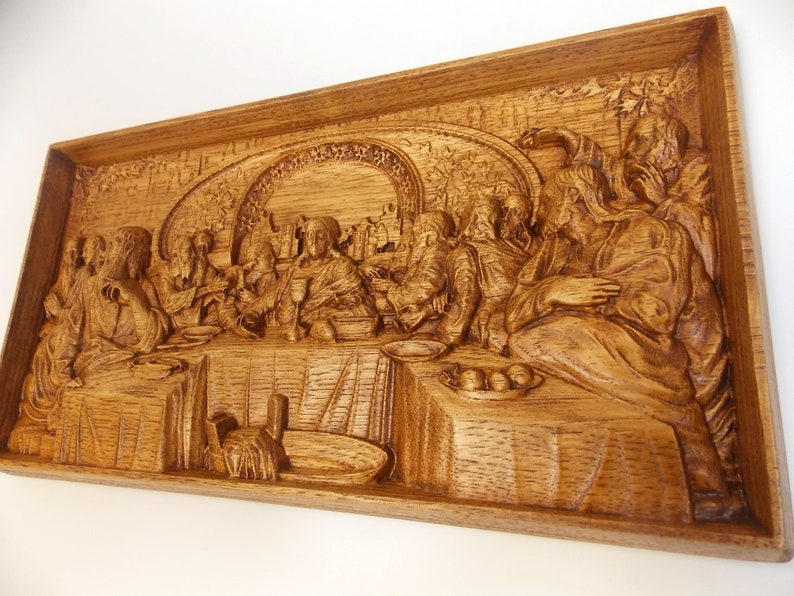

Whittling was an inexpensive way to make things that cost only the investment of time. Whittling can be called the common man’s art or “folk art” because is was done by folk without academic education in the arts but who wanted to fulfill a creative urge to create something with their own hands and creative ability. Whittled pliers became the novelty trademark of Ernest Warther, who carved the history of steam locomotive trains that are housed in the Warther’s Museum in Dover, Ohio.
The last wood carver how to#
It may have been a hobo who taught Ernest Warther of how to whittle a working pliers out of wood. Some of which became known as “Tramp Art.” Of course hobos would teach others whittling skills who in turn would pass it on to others. Many hobos whittled and would trade their whittlings for food and other necessities. That term was shortened to “Hobo” who became one who traveled to find work and work when he found it. These itinerant labors often traveled from one job to another, one section of the country to another in a melting pot of meeting new people and passing on or learning the whittling activity.įarm laborers were first called “Hoe Boys” because they carried their hoe with them to do agriculture cultivation. Once again, a whittler would show and teach another want-to-be whittler the tricks of the trade. After the work was done at night, whittling was one of the activities. They were the migrant or itinerant laborers of their day who traveled to where ever their was work be it on the railroad, lumbering, farm harvest labor, ranching or construction. Some of the veterans would leave home in search of work and adventure. This was repeated over and over in the melting pot of the casual school of whittling.Īfter the war the returning veterans brought their whittling skills back home amusing and teaching the children of their community the art of whittling.

A soldier from Georgia would show a soldier from Tennessee how to whittle. A soldier from Maine would teach a soldier from Ohio how to whittle a particular object. Some soldiers who were more proficient at whittling would teach others to whittle walking sticks or canes, animals, human figures, spoons, smoking pipes and whimsies like wooden chains, ball in a cage, fans and puzzles. The folding jack knife was common among the soldiers who, if one had a knife one was prone to whittle. Sitting around the campsite the soldiers would relax by talking, playing cards, writing letters and some would be whittling. The Civil War brought together men from different states and territories in a melting pot kind of gathering. In the United States Whittling was most prevalent in the century between 18. Whittling developed when sharpened metal knives were used to carve a hand held piece of wood making Whittling one of the earliest forms of carving. Wood carving is perhaps one of the oldest forms of art that originated the first time a human shaped in a decorative manner a piece of wood with a sharp stone.

A CENTURY OF WHITTLING – 1865 – 1965 a folk history by Donald K.


 0 kommentar(er)
0 kommentar(er)
